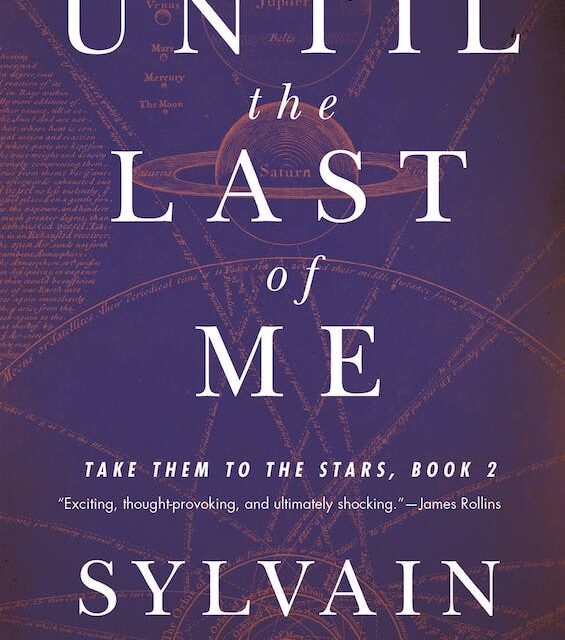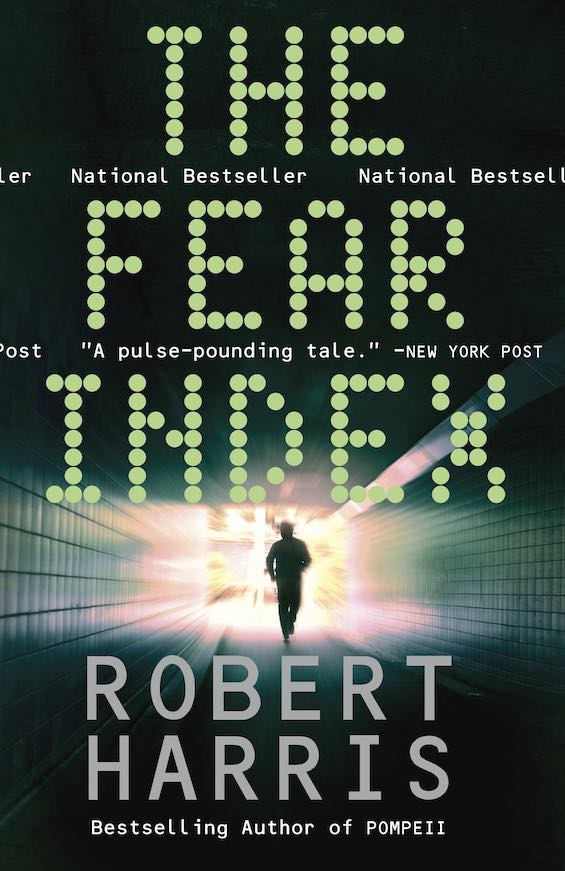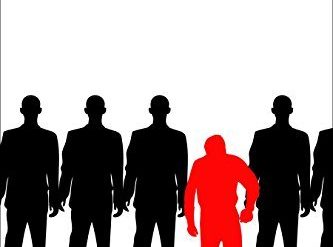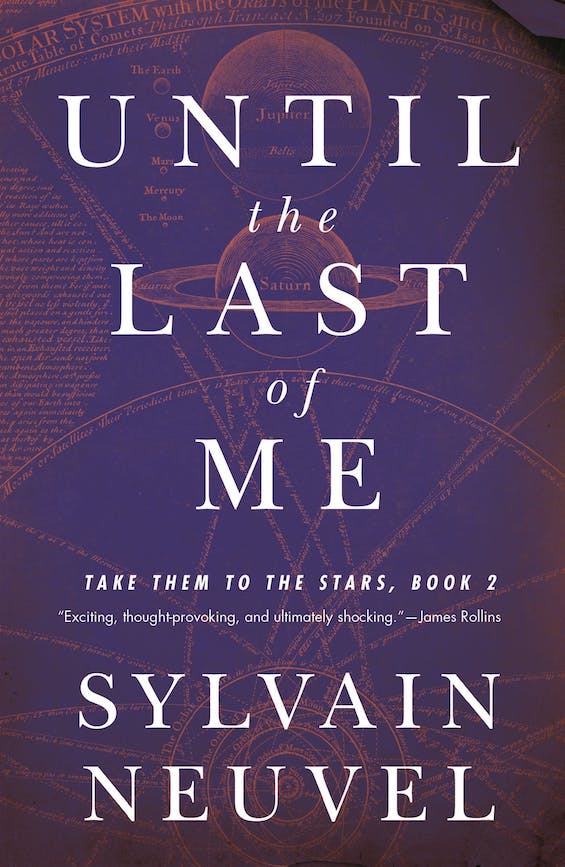
First, a pair of warnings. Don’t pick up this book unless you’ve already read the first in its series, A History of What Comes Next. Author Sylvain Neuvel has tried to make Until the Last of Me read like a standalone novel, but the effect is mixed. It’s likely to be very confusing for a new reader. And if you’ve read and enjoyed the first book, you may be disappointed with the second. The series begins as an alternate history of the space race, but in continuing the tale Neuvel found himself trapped in the limitations of his premise and was unable to sustain the conceit past the Apollo 11 landing on the Moon. The series promises to show how aliens help lay out humanity’s route to the stars, but that conceit comes to an abrupt end in the second book. Because after Apollo 11, the American space program soon began to go dark.
The backstory you can piece together
Mia and her daughter Lola are the 100th and 101st generations of the Kibsu. They’re aliens who outwardly appear perfectly human but they reproduce entirely through parthenogenesis, and their children are invariably female. They are also prodigiously gifted in mathematics and science. For thousands of years, the Kibsu have been living on Earth. Their mission is to accelerate the progress of the human race in physical science and gain the capability to spread colonies among the stars. Because they know that otherwise evil men from their home planet will seize Earth and exterminate the human race. So, as opportunities arise, they insinuate themselves into the lives of key historical figures such as Wernher von Braun and Sergei Korolev, helping them over the hurdles in the space programs they led.
Until the Last of Me (Take Them to the Stars #2) by Silvain Neuvel (2022) 287 pages ★★★★☆
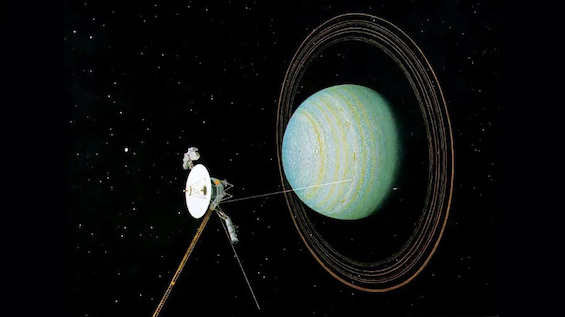
An evil presence pursues the Kibsu
Of course, it’s not so simple. The Kibsu are not the only alien visitors from their home planet. Men have come, too. Evil, murderous men the women call Trackers who have bedeviled them at every turn. And, as this novel opens, Trackers have succeeded in killing Mia’s mother (“the 99”) and nearly killing Mia, too. This sets her and her daughter to flee from one country to another across the face of the Earth, partly to avoid the Trackers and partly to research their own origins. Because the Kibsu have long since lost the knowledge of how they came to Earth. They know only that their mission is to help humanity find the route to the stars.
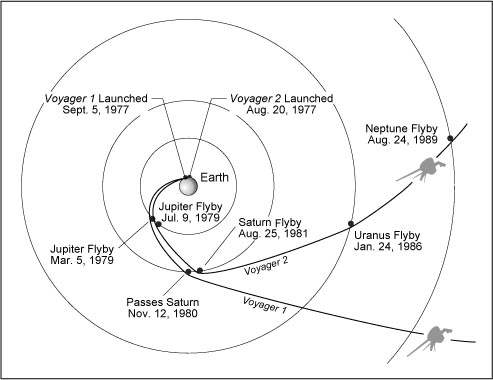
The Voyager missions: humanity’s first probe to the stars
When the novel opens in 1968, Mia has been searching for a way for the human race to explore the outer planets in the Solar System with the primitive means at their disposal. She has discovered that every 175 years the gas giants align in a row, such that a spacecraft sent from earth and using gravity assist can visit Jupiter and Saturn and possibly Uranus and Neptune as well. However, NASA has scooped her—and the Voyager missions, One and Two, are the result. The novel spans the years into the 1990s, as the two tiny spacecraft speed through the outer reaches of the Solar System. (For the record, both Voyager 1 and Voyager 2 are still broadcasting data back to Earth from interstellar space.)
About the author

Silvain Neuvel is a French-Canadian science fiction author best known for the Themis Trilogy. More recently, he launched Take Them to the Stars, a series that to date consists of two novels, the second of which is Until the Last of Me. A third book is due in 2023. Neuvel was born in 1973 in Quebec City and raised nearby. He studied at the Université de Montréal and the University of Chicago. He now runs his own professional translation agency. The author’s note in this novel reveals that he “has taught linguistics in India and worked as a software engineer in Montreal.”
For more reading
Previously I reviewed the first novel in this series, A History of What Comes Next (An alternate history of the space race). I’ve also reviewed the first two books of the Themis Trilogy, Sleeping Giants (An entertaining if puzzling sci-fi novel) and Waking Gods (Aliens, giant robots, and a motley collection of scientists).
For more good science fiction, check out:
- These novels won both Hugo and Nebula Awards
- The ultimate guide to the all-time best science fiction novels
- 10 top science fiction novels
- Good books about space travel, including both nonfiction and fiction
- 10 best alternate history novels reviewed here
- Seven new science fiction authors worth reading
And you can always find my most popular reviews, and the most recent ones, plus a guide to this whole site, on the Home Page.

